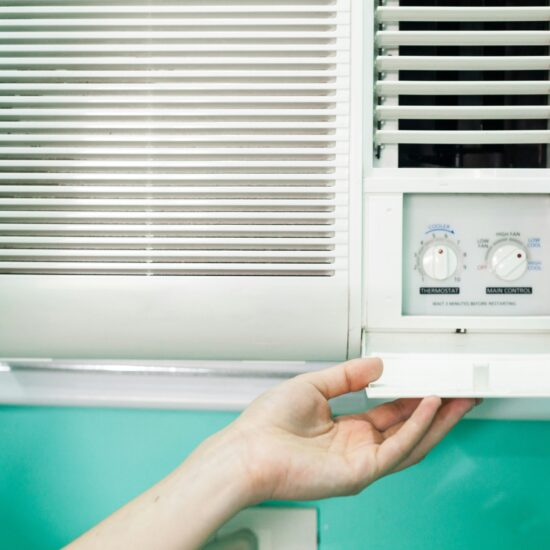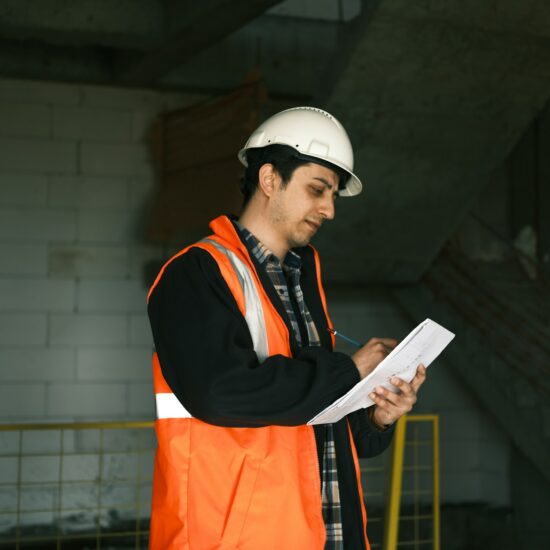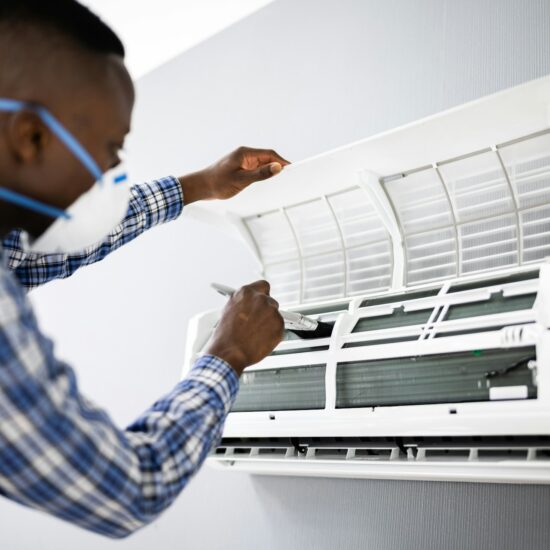Choosing the right furnace for a new construction project can significantly impact your home's comfort and energy efficiency. Our team at Affordable Heating & Air Conditioning is your best option for furnace installation in the Seattle area - ensuring a proper layout, considering factors like windows, doors, and room usage for optimal equipment placement.

Local HVAC Services in Mill Creek, WA: Everything you Need to Know
Whether you are considering installation, repairs, or routine maintenance, knowing the local options will help you make informed decisions. Local



